7 Best Herbal Tinctures For Joint Pain
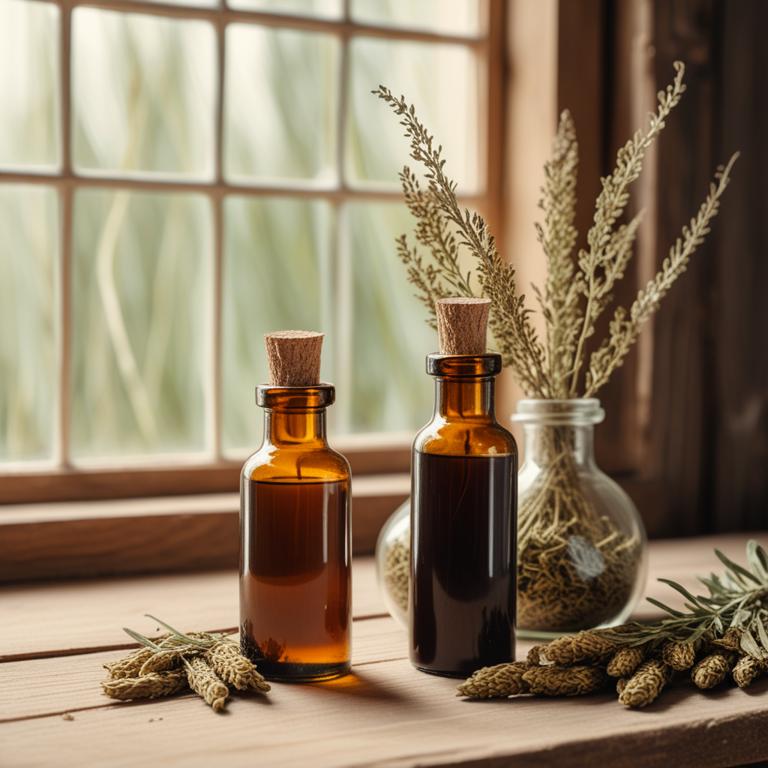
Herbal tinctures for joint pain are concentrated liquid extracts made from plants and herbs that have anti-inflammatory and pain-relieving properties.
They offer a natural and non-invasive approach to managing joint pain, which can be beneficial for individuals who want to avoid pharmaceutical medications or experience unpleasant side effects.
Examples of herbal tinctures that can be used to treat joint pain include Turmeric tincture, which contains curcumin that reduces inflammation and pain; Ginger tincture, which has anti-inflammatory and analgesic properties; Boswellia tincture, also known as frankincense, which reduces inflammation and pain; Willow bark tincture, which contains salicin that acts as a natural pain reliever; and Devil's claw tincture, which has anti-inflammatory and pain-relieving properties.
By incorporating these herbal tinctures into their treatment plan, individuals can experience relief from joint pain and inflammation while promoting overall well-being.
According to Phytotherapy research : PTR, tinctures for joint pain containing devil's claw and a powder from rose hip and seed may provide favorable effects on osteoarthritic pain, although the effectiveness of these herbal medicinal products has not been proven beyond doubt.
Below there's a list of the 7 best herbal tinctures for joint pain.
- 1. Curcuma longa tinctures
- 2. Boswellia serrata tinctures
- 3. Glycyrrhiza glabra tinctures
- 4. Zingiber officinale tinctures
- 5. Panax ginseng tinctures
- 6. Equisetum arvense tinctures
- 7. Centella asiatica tinctures
Also you may be interested in...
TODAY'S FREE BOUNDLE
Herb Drying Checklist + Herbal Tea Shopping List + Medicinal Herbs Flashcards
Enter you best email address below to receive this bundle (3 product valued $19.95) for FREE + exclusive access to The Aphotecary Letter.
$19.95 -> $0.00
1. Curcuma longa tinctures

Curcuma longa tinctures, derived from the rhizomes of the turmeric plant, possess anti-inflammatory and antioxidant properties that aid in alleviating joint pain associated with conditions such as osteoarthritis and rheumatoid arthritis.
The bioactive constituents, including curcumin, demethoxycurcumin, and bisdemethoxycurcumin, exhibit potent inhibitory effects on pro-inflammatory enzymes and cytokines, thus reducing joint inflammation and pain.
The use of Curcuma longa tinctures has been found to provide relief from joint pain by reducing stiffness, improving range of motion, and enhancing overall quality of life.
The benefits of using Curcuma longa tinctures to treat joint pain include reduced reliance on pharmaceutical medications, minimal side effects, and a natural, non-invasive approach to managing this common health issue.
Related Study
According to "Current rheumatology reviews", Curcuma longa tinctures for joint pain may be effective in managing osteoarthritis due to curcumin's ability to suppress inflammation and slow the progression of the disease.
2. Boswellia serrata tinctures
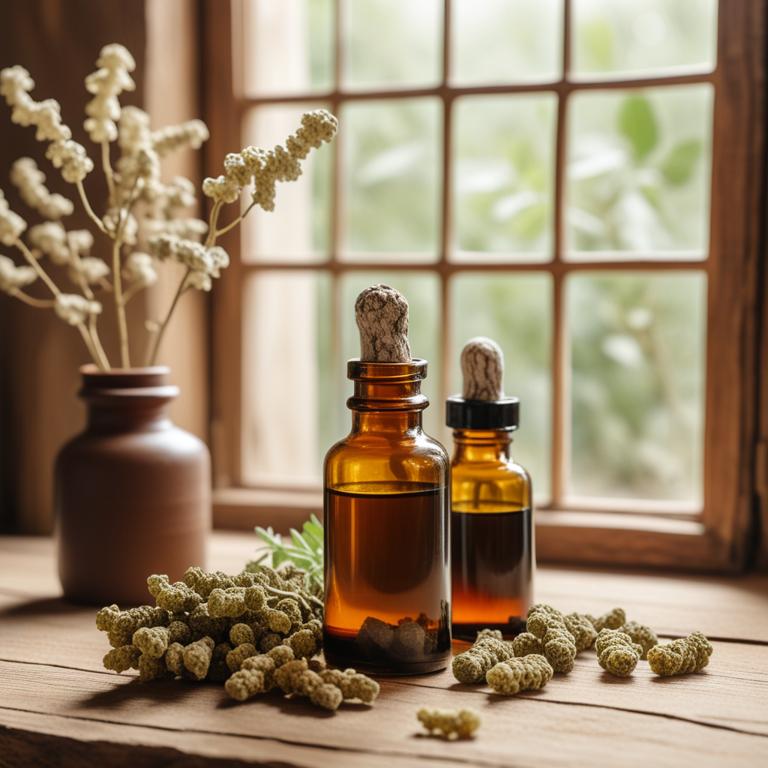
Boswellia serrata tinctures have been traditionally used to treat joint pain ailments, such as arthritis, thanks to their anti-inflammatory and analgesic properties.
The bioactive constituents of Boswellia serrata, including boswellic acids, acetyl-11-keto-β-boswellic acid (AKBA), and 3-acetyl-11-keto-β-boswellic acid (3-AKBA), help to reduce inflammation and alleviate pain in the joints.
By inhibiting the production of pro-inflammatory enzymes and cytokines, Boswellia serrata tinctures help to mitigate joint pain and stiffness, promoting overall mobility and comfort.
The benefits of using Boswellia serrata tinctures to treat joint pain include reduced inflammation, improved joint function, and enhanced quality of life.
Related Study
According to "Nutrients", Boswellia serrata tinctures for joint pain may be beneficial as part of traditional herbalism, with some studies suggesting their effectiveness in reducing inflammation and alleviating symptoms, although more human clinical evidence is needed to confirm their mechanism of action.
3. Glycyrrhiza glabra tinctures

Glycyrrhiza glabra tinctures, derived from the roots of the licorice plant, have been used to treat joint pain ailments due to their anti-inflammatory and analgesic properties.
The tinctures help to reduce joint pain and inflammation by inhibiting the production of pro-inflammatory enzymes and cytokines, thereby alleviating the discomfort associated with arthritis and other joint-related conditions.
The bioactive constituents of Glycyrrhiza glabra tinctures, including glycyrrhizin, flavonoids, and phenolic acids, contribute to their therapeutic effects, with glycyrrhizin being particularly effective in reducing inflammation and pain.
The benefits of using Glycyrrhiza glabra tinctures to treat joint pain include improved mobility, reduced reliance on pain medications, and a natural approach to managing chronic joint pain.
4. Zingiber officinale tinctures

Zingiber officinale tinctures, derived from the rhizome of the ginger plant, have been traditionally used to treat joint pain due to its anti-inflammatory and analgesic properties.
The bioactive constituents, including gingerols and shogaols, help to reduce inflammation and pain in the joints by inhibiting the production of pro-inflammatory enzymes and mediators.
This herbal preparation helps to treat joint pain by relaxing tense muscles, reducing swelling, and improving circulation, ultimately leading to pain relief and improved mobility.
The benefits of using Zingiber officinale tinctures to treat joint pain include natural pain relief, reduced inflammation, and improved quality of life, making it a popular alternative to conventional pain management therapies.
Related Study
According to "Arthritis and rheumatism", Zingiber officinale tinctures for joint pain showed a statistically significant effect in reducing symptoms of osteoarthritis of the knee, with a moderate effect size, although they were associated with a higher incidence of mostly mild gastrointestinal adverse events.
5. Panax ginseng tinctures
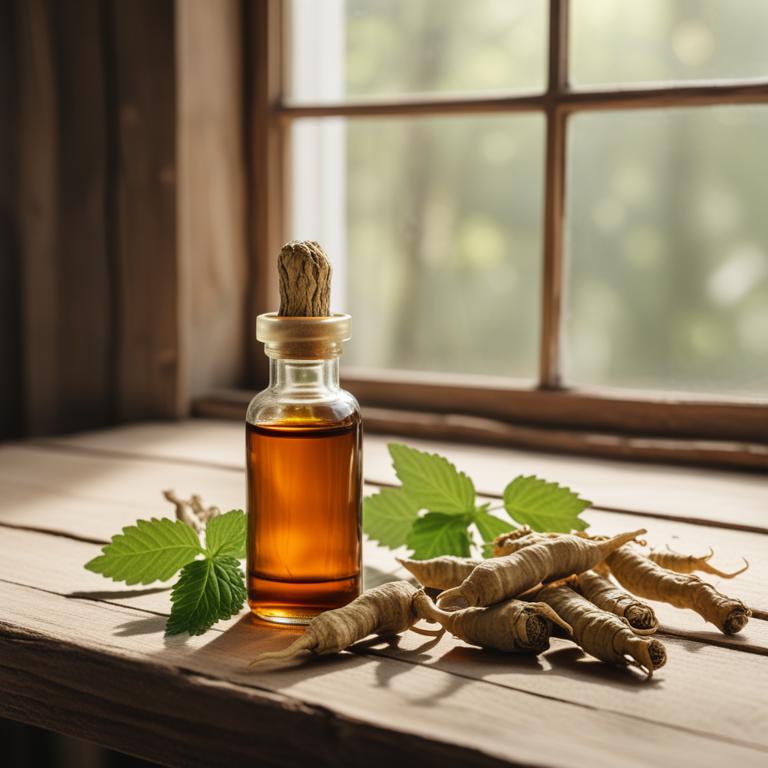
Panax ginseng tinctures have been traditionally used to treat joint pain ailments due to their anti-inflammatory, antioxidant, and adaptogenic properties.
The bioactive constituents, including ginsenosides, ginsenol, and panaxynol, help to reduce joint inflammation, alleviate pain, and enhance overall joint health.
By modulating the body's response to stress and promoting cellular well-being, Panax ginseng tinctures can help to reduce joint pain and discomfort associated with conditions such as arthritis.
Regular use of Panax ginseng tinctures may also lead to improved range of motion, reduced stiffness, and enhanced overall quality of life.
6. Equisetum arvense tinctures
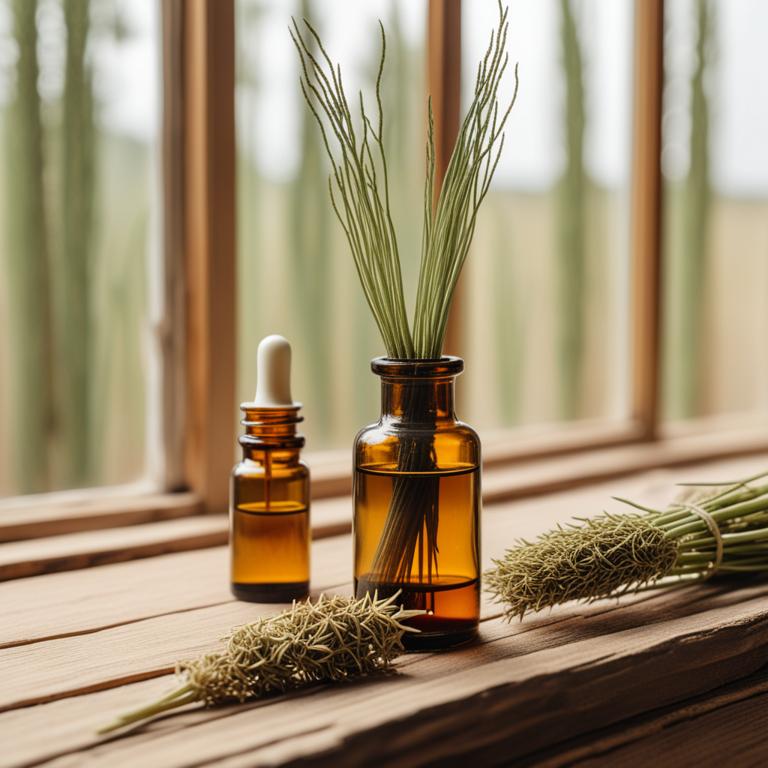
Equisetum arvense tinctures have been traditionally used to treat joint pain ailments due to their anti-inflammatory and analgesic properties, which help to reduce swelling and relieve pain in the affected areas.
The tincture's bioactive constituents, including ferulic acid, caffeic acid, and fumaric acid, contribute to its therapeutic effects by inhibiting the production of pro-inflammatory enzymes and modulating the immune response.
By reducing inflammation and pain, Equisetum arvense tinctures provide relief from joint pain and discomfort, allowing individuals to maintain their mobility and engage in daily activities with greater ease.
The benefits of using Equisetum arvense tinctures to treat joint pain include reduced reliance on pharmaceuticals, improved joint health, and enhanced overall well-being.
7. Centella asiatica tinctures
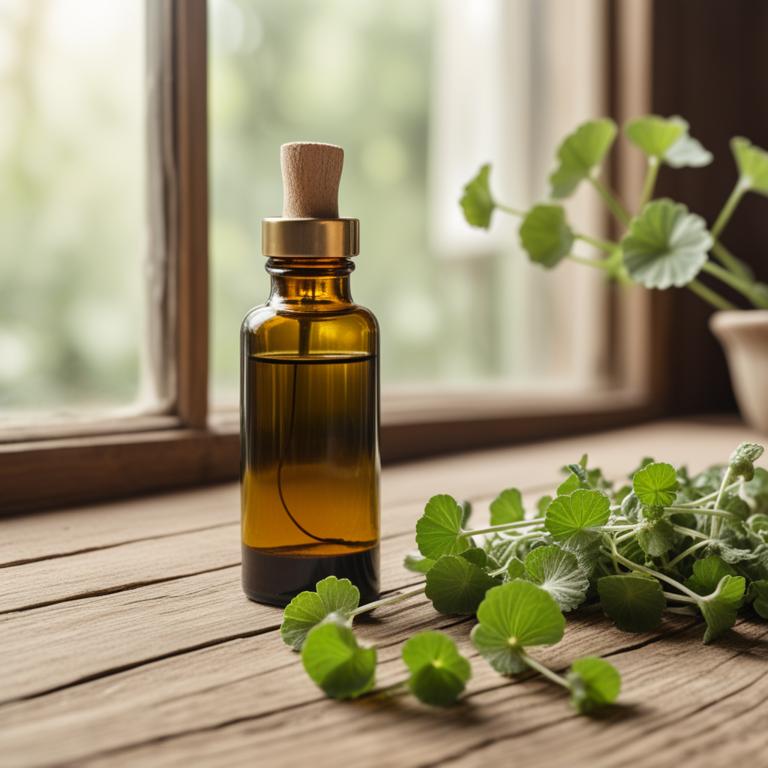
Centella asiatica tinctures have been traditionally used to treat joint pain ailments, such as arthritis, due to their anti-inflammatory and antioxidant properties.
This herbal preparation helps to reduce joint inflammation and pain by inhibiting the production of pro-inflammatory cytokines and enzymes, thereby alleviating symptoms and improving joint mobility.
The bioactive constituents of Centella asiatica tinctures, including asiatic acid, madecassic acid, and brahmic acid, contribute to its therapeutic effects by exerting anti-inflammatory and antioxidant activities.
The benefits of using Centella asiatica tinctures to treat joint pain include reduced pain and inflammation, improved joint function, and enhanced overall quality of life.